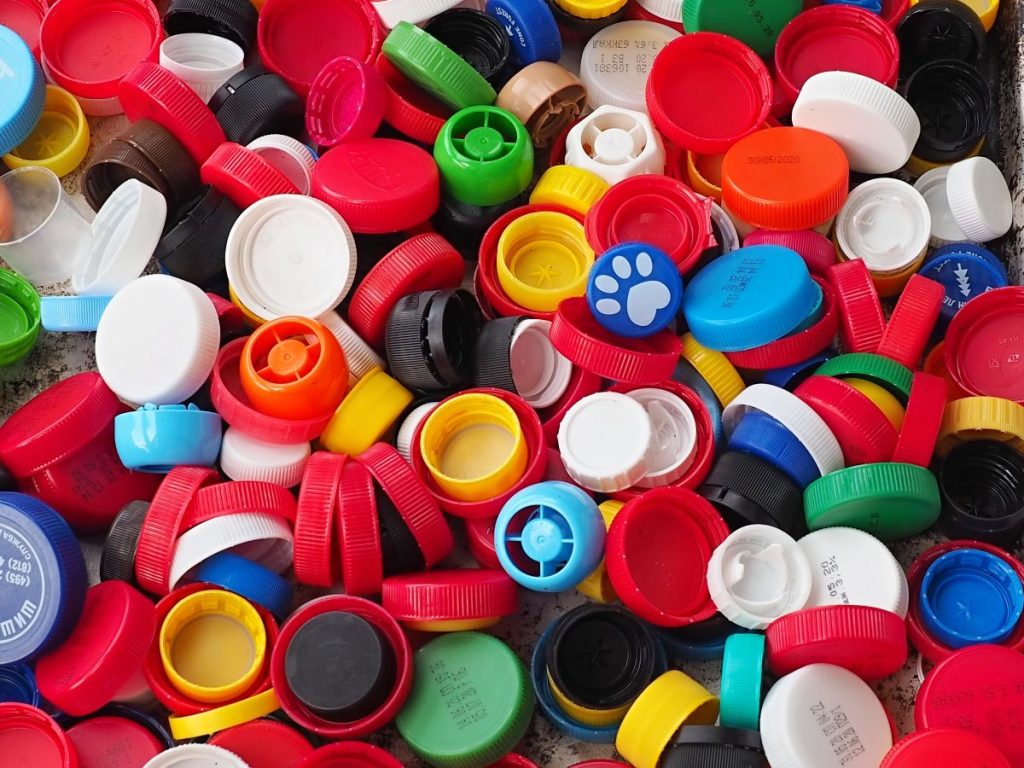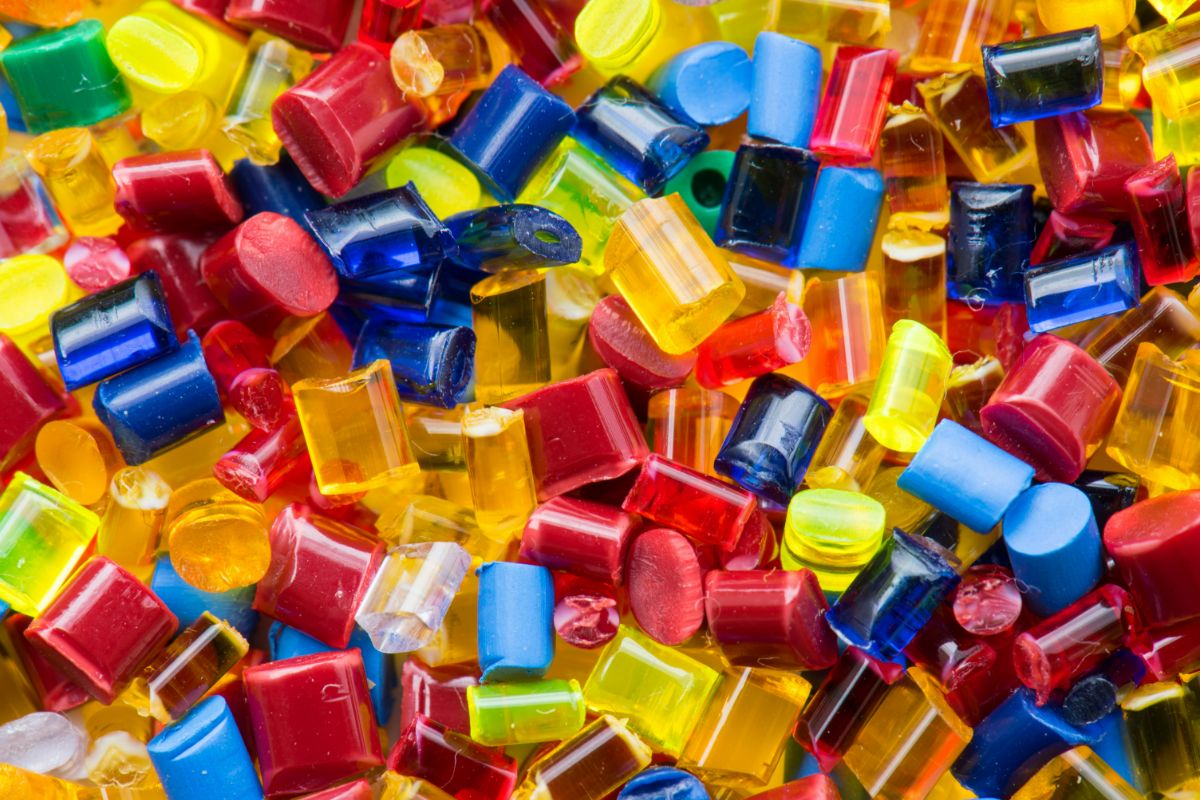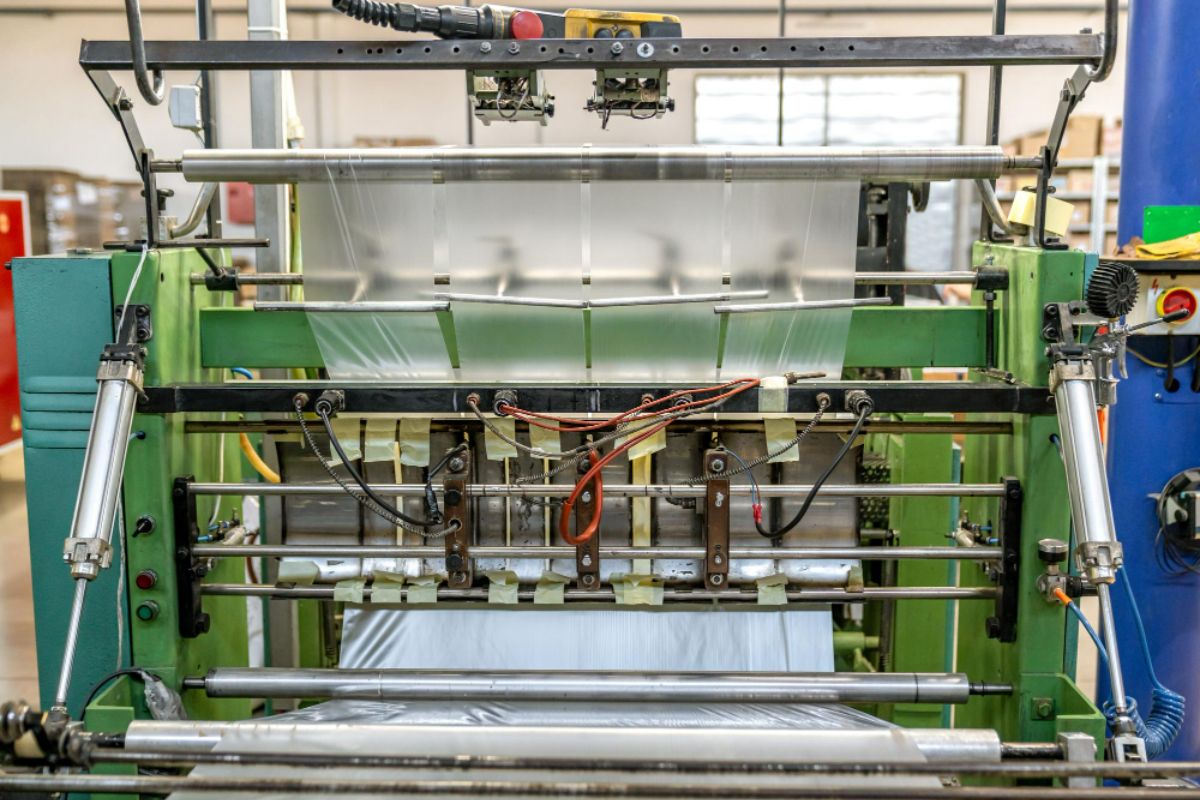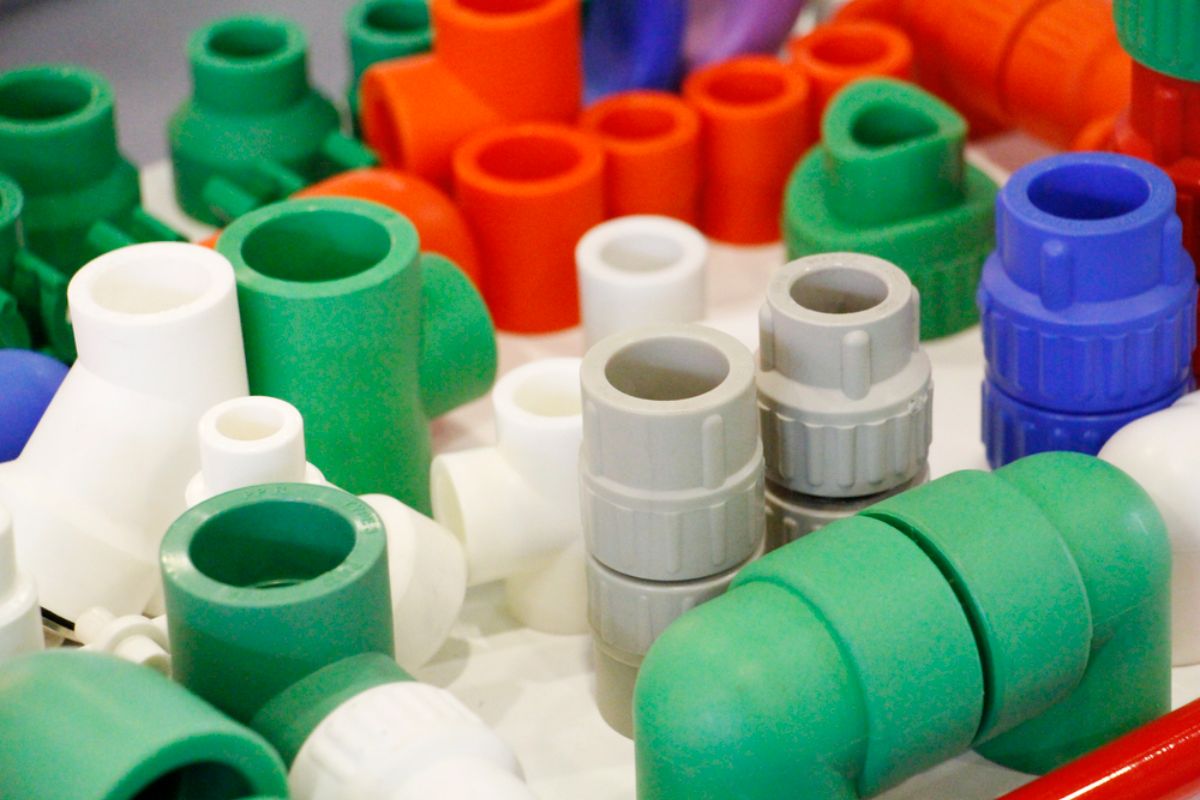What should I consider when choosing between low volume vs high volume plastic injection molding?
- Advantages
- Disadvantages
- Applications
There are many variables to consider before starting a plastic injection molding project — but very few are as important as production volume.
Choosing the right volume of parts or products to produce can make or break your project. So, it’s important to consider just how much you’re looking to produce on each injection molding run, and how often you plan on doing it.
Not sure which one to pick? Let’s get into the differences between low volume vs high volume plastic injection molding, and what each can entail for your project. Read on!
What are low volume and high volume plastic injection molding?
When we say low volume and high volume production in plastic injection molding, we are talking about how many components your injection molder is expected to make per production run.
Generally, low-volume injection molding operations can be anywhere from below a hundred to a couple of thousand pieces of one component. On the other hand, high-volume injection molding operations are nothing short of several hundred thousand pieces per component — it can even reach millions, depending on the method used.
Advantages
When it comes to low volume injection molding, there are a few key advantages that put it above high volume runs.
- Costs and turnaround times — because the tooling does not have to make so many components, it can be made of less durable, cheaper metals such as aluminum. This kind of tooling is easier and quicker to manufacture, allowing for shorter turnaround times.
- Design flexibility — Because the tooling is cheaper and manufactured fast, injection molding partners can readily produce new molds to accommodate different iterations of your design, or quickly accommodate changes in the current design.
- Market entry — Lower costs, short turnaround times, and greater flexibility can make it easier to introduce new products to the market at a quicker pace. This is especially valuable for smaller companies with tight budgets.
On the other hand, high volume injection molding also has its advantages, such as:
- Capacity and production speed — high volume operations can fulfill larger orders (up to millions of pieces at a time) in a shorter production time than low-volume operations.
- Unit costs — despite the higher cost of initial investment, the tooling produced is much more durable than those used in low volume runs. As a result, more pieces can be produced with tooling before replacement or repair is needed. This allows for a quick return on investment, and the succeeding unit costs will be much lower as production goes on.
- Automation — high volume runs are better suited for automated operations. This can help increase production efficiency and decrease unit costs overall.
Disadvantages
Like every factor of plastic injection molding, low volume production has its disadvantages. Namely:
- Economies of scale — hard to achieve with low volume operations. Because of this, production costs are likely to increase over time.
- Market demand — in cases of sudden changes to market demand, it can be hard for your production to respond immediately and catch up to the increased demand.
High volume injection molding may be popular for mass production and have plenty of benefits, but it is not without its drawbacks. Such disadvantages include:
- Start-up costs — While the eventual ROI on unit costs may be attractive, there is still a considerable start-up cost your business needs to invest to start high-volume production. It’s especially difficult for smaller businesses to amass this capital and enter the market through mass production.
- Inflexibility — consumer demand fluctuates over time, and high volume operations have less flexibility to meet them where they are. If demand trends drop and stay low, then you will find it costly and difficult to scale back production.
Applications
With the advantages and disadvantages that low volume injection molding presents, it is best suited for:
- Prototyping — the high tooling manufacturing speed and overall low cost of production for low volume run make it ideal for creating product prototypes and for testing different iterations of the same product or component.
- Market testing or pilot production — similar to prototyping, low volume runs are suitable when the project’s goal is to create products for market testing.
- Specialty products — for specialty resins and niche products, low volume runs allow for the best unit costs and overall cost-effectiveness.
Likewise, the advantages and disadvantages offered by high volume injection molding make it the preferred choice for the following applications:
- Mass production or standardized products — when a company needs to produce large amounts of a product (often a commodity and simple in design), high volume runs are the best method to use. This includes products such as bottle caps, household products, children’s toys, and the like.
- Contract manufacturing — companies that work in contract manufacturing need to be able to produce large amounts of a particular product or component at a moment’s notice. High-volume operations give them the infrastructure and equipment they need to fulfill these orders efficiently.
Key Takeaway
There are a few key differences when it comes to low volume vs high volume plastic injection molding which set them apart. Keep these in mind when weighing the two options for your plastic project.
Looking for an injection molding partner that can help you fulfill your project — whether you’re planning a low volume or high volume production run? Message Richfields today. We have a stellar reputation for quality plastic products, and the design, toolmaking, and manufacturing capabilities to make your plans into a reality.










